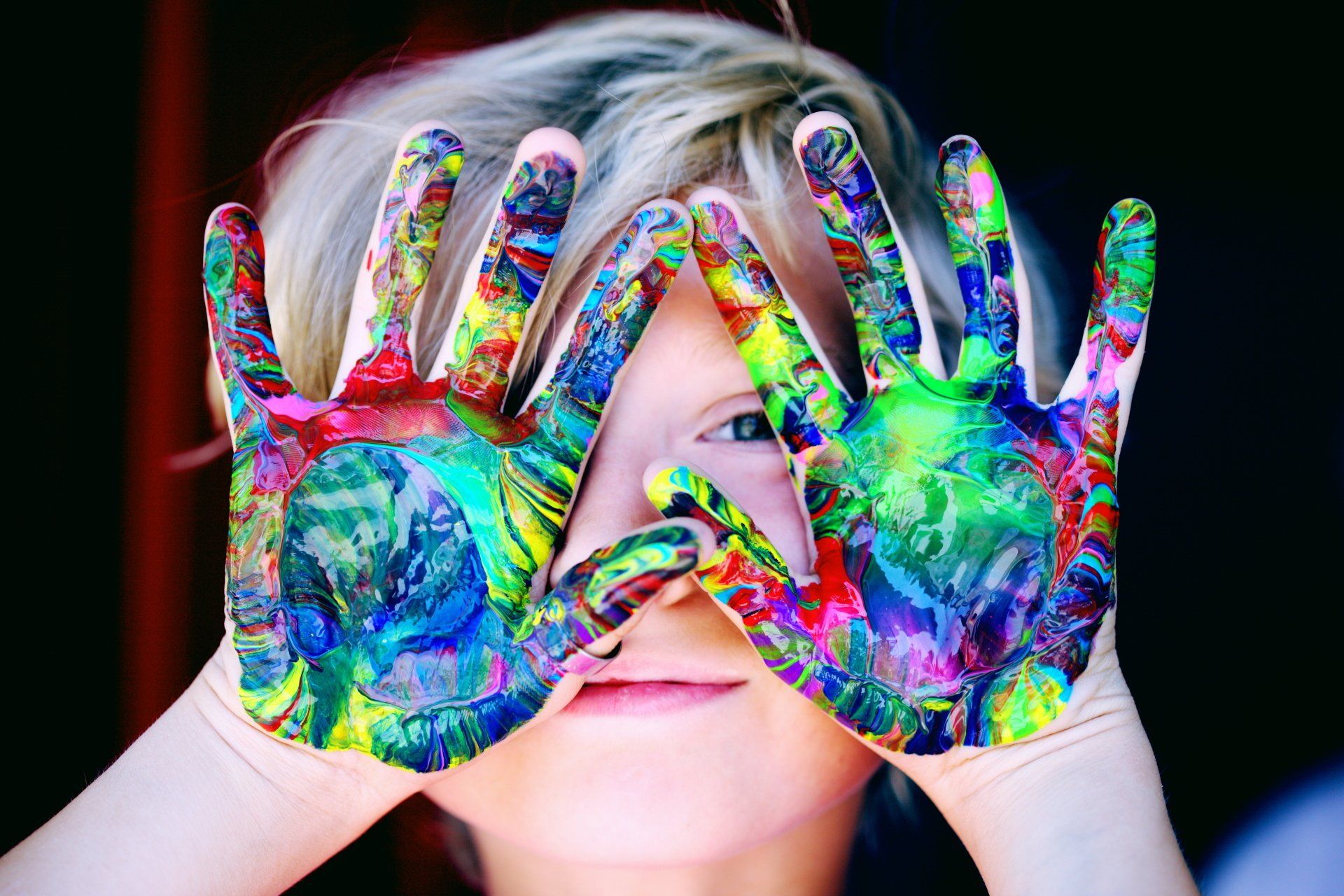Embracing Diversity and Inclusion in Childhood
Embracing Diversity and Inclusion in Childhood

In today's interconnected world, embracing diversity and inclusion from an early age is more crucial than ever. As parents and educators, fostering an environment where children understand and appreciate differences can significantly impact their social development and worldview. This blog will explore the importance of diversity and inclusion, offer practical strategies for parents and educators, and address common challenges in promoting these values.
Understanding Diversity and Inclusion
Definition of Diversity and Inclusion Diversity encompasses the range of differences among people, including race, ethnicity, gender, age, religion, ability, and more. Inclusion involves creating an environment where all individuals feel valued, respected, and supported.
The Benefits of Embracing Diversity from an Early Age Children who grow up in diverse and inclusive environments are more likely to develop empathy, respect for others, and strong interpersonal skills. These children often perform better academically and are more prepared to thrive in a multicultural world.
Role of Parents in Promoting Diversity
Teaching Children About Different Cultures and Perspectives Parents play a pivotal role in introducing their children to diversity. This can be done through multicultural books, movies, and toys that represent various cultures and identities. Open conversations about differences and similarities can help children develop a positive attitude towards diversity.
Encouraging Inclusive Behaviour at Home Modelling inclusive behaviour is essential. Parents can encourage their children to include peers of different backgrounds in their activities, celebrate various cultural holidays, and discuss the importance of kindness and acceptance.
Role of Educators in Promoting Inclusion
Creating an Inclusive Classroom Environment Educators can foster inclusivity by creating a classroom culture that values every student's unique background. This includes setting clear expectations for respectful behaviour, using inclusive language, and ensuring representation in classroom materials.
Curriculum Ideas to Celebrate Diversity Incorporating lessons about different cultures, histories, and perspectives into the curriculum helps students appreciate diversity. Activities such as cultural exchange days, guest speakers from diverse backgrounds, and projects on global issues can enhance students' understanding.
Practical Strategies for Embracing Diversity
Activities and Resources for Parents and Educators
- Books and Media: Choose books, films, and music that reflect diverse cultures and experiences.
- Cultural Celebrations: Participate in and celebrate cultural events and holidays from around the world.
- Community Involvement: Engage with community organisations that promote diversity and inclusion.
Community Involvement and Events Building connections with local community groups and attending events that celebrate diversity can provide children with firsthand experiences of different cultures and perspectives. This exposure helps normalise diversity and fosters a sense of belonging for all.
Challenges and Solutions
Common Challenges in Promoting Diversity and Inclusion
- Resistance to Change: Some individuals and communities may resist efforts to promote diversity due to ingrained biases or misconceptions.
- Lack of Resources: Schools and families might lack access to diverse materials and experiences.
Solutions and Best Practices
- Education and Awareness: Conduct workshops and training sessions for parents, teachers, and students to raise awareness about the importance of diversity and inclusion.
- Collaboration: Partner with organisations and experts in diversity and inclusion to access resources and support.
Conclusion
Embracing diversity and inclusion in childhood is not just a moral imperative but a practical one. By teaching children to value differences, we prepare them to thrive in a multicultural world and contribute positively to society. Parents and educators must work together to create environments that celebrate and respect diversity, ensuring that every child feels valued and included.
FAQ
1. What are the first steps parents can take to promote diversity at home?
Start by introducing diverse books, movies, and toys to your children. Engage in open conversations about differences and the importance of acceptance.
2. How can educators create an inclusive classroom environment?
Educators can create inclusive classrooms by using diverse teaching materials, setting clear expectations for respectful behaviour, and fostering a culture of inclusion and respect.
3. What are some practical activities to teach children about diversity?
Activities such as cultural exchange days, community events, and projects on global issues can help children learn about and appreciate diversity.
4. What are the benefits of raising children in a diverse environment?
Children raised in diverse environments tend to be more empathetic, respectful, and better prepared to navigate a multicultural world. They also tend to perform better academically and develop strong social skills.
5. How can schools overcome challenges in promoting diversity and inclusion?
Schools can overcome challenges by conducting awareness programs, partnering with diversity organisations, and ensuring access to diverse resources and materials.

















